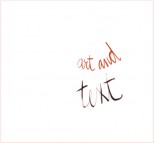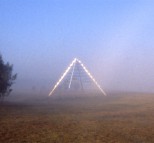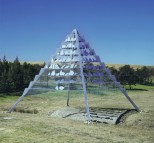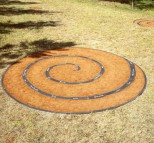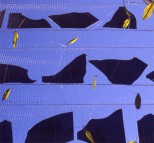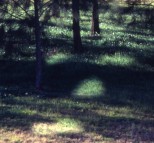'Landscape 6', Australian Perspecta, (West. Sites), Penrith Lakes, 1991
Installation view. Photograph Gary Sommerfeld.

'Landscape 6', Australian Perspecta, (West. Sites), Penrith Lakes, 1991
Installation view. Photograph Gary Sommerfeld.
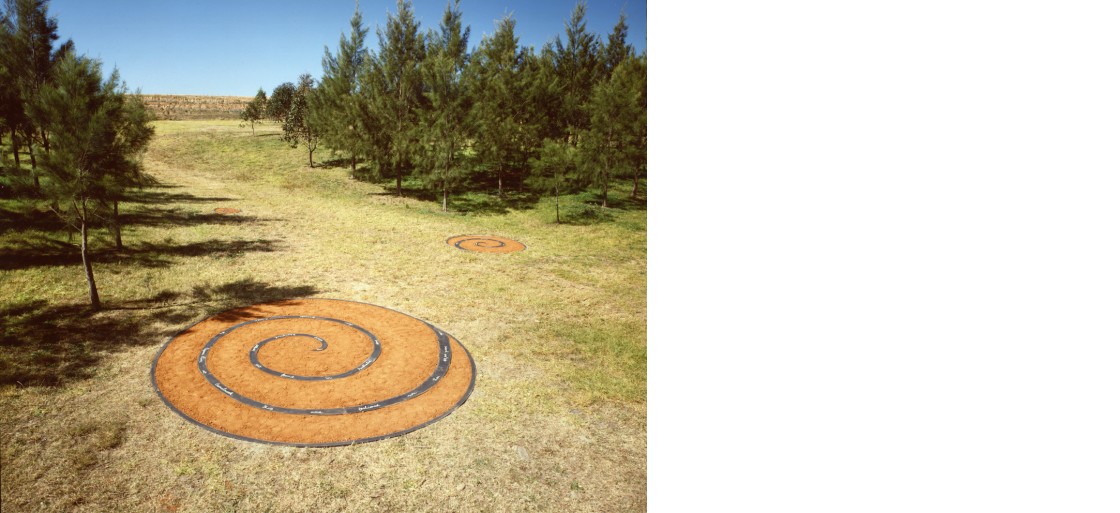
'Landscape 6', Australian Perspecta, (West. Sites), Penrith Lakes, 1991
Detail of earth spirals. Photograph Gary Sommerfeld.
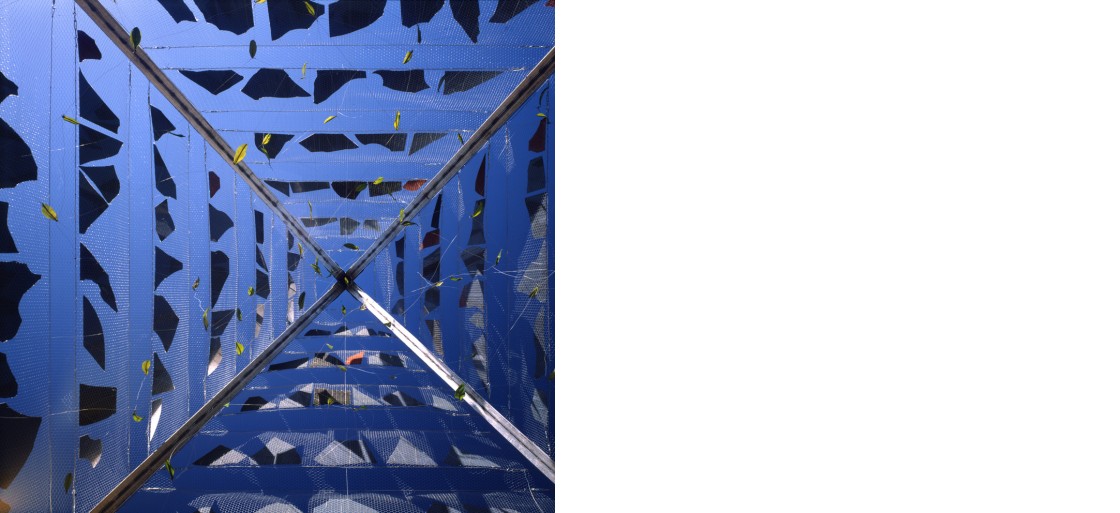
'Landscape 6', Australian Perspecta, (West. Sites), Penrith Lakes, 1991
Detail of interior: artificial leaf network. Photograph Gary Sommerfeld.
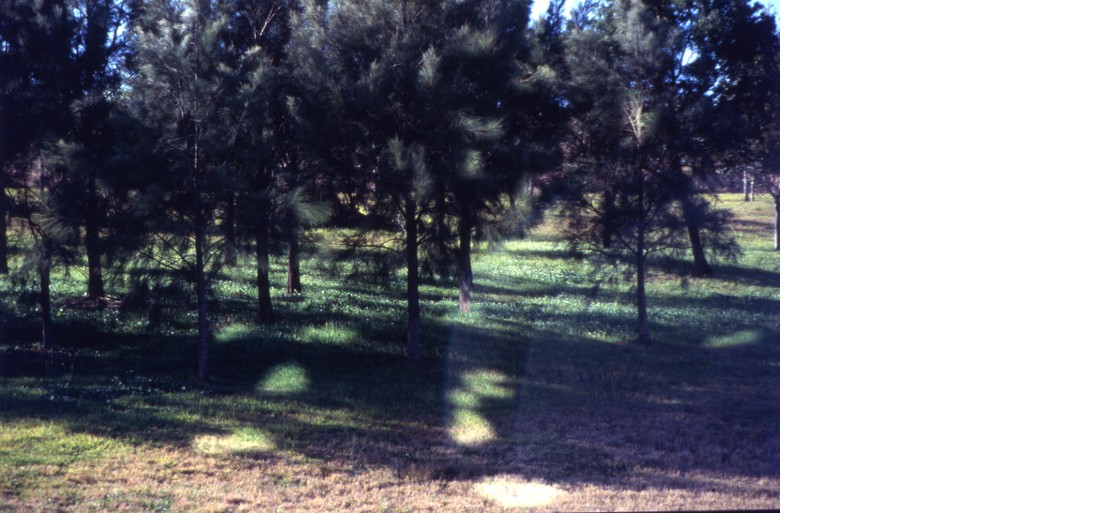
'Landscape 6', Australian Perspecta, (West. Sites), Penrith Lakes, 1991
Detail of Light Shadows. Photograph artist.
'Landscape 6' 1991
Consisted of a stepped pyramid of wire mesh with a skeletal framework of zinc alume metal and tensioned wires. The steps supported vertical shards of mirror. The surface coverage was asymmetrical and incomplete. The structure was positioned to straddle a gully/drain of a reclaimed landscape. The site was the re-natured portion of an active quarry. The monumental ‘folly’ was overlooking an artificial lake. The structure was 9m high and had an internal network of artificial leaves. Nearby were located circles of red ochre activated by coiled spirals of text on blackboard. The text had to be rewritten to remain accessible. Where the pyramid imprinted on the ground the chaotic stones of the gully had been ordered into regulated rows of cobbled stones.
Text 1: 1, 1, 2, 3, 5, 8, 13, 21 ….. (the Fibonacci series)
Text 2: the settlers moved west in search of land
Text 3: the oldest Aborigine artefacts found in Australia came from gravels beside the Nepean River at Cranebrook. They were fashioned more than 40,000 years ago.
‘Landscape 6’ made overt reference to our Eurocentric ‘Western’ cultural heritage in relationship to the manner we take possession of, use, and exploit the landscape. While issues of caretakership have been present in all of the Landscape series, ‘Landscape 6’, at Penrith Lakes, dealt with these issues more overtly. A stepped pyramid shape makes reference to monumentality and immortality in an ambiguous and ambivalent manner. The territorial nature of fencing materials used to create the ‘monumental’ structure became more ironic in this reclaimed park land which viewed the still active quarry on the other side of the artificial lake. The pyramid was partially clad in mirror shards, and each day the work flashed and tracked its presence as an arc of light patterns across the ground either side of the pyramid. The circular earth drawings that accompanied the piece used red clay dust, obtained from the still active quarry across the lake as a base, with shaped blackboard creating a spiral within the circle. The chalk text referred to the history of the quarry area except for the smallest of the three circles on which was written the beginning of the Fibonacci series of numbers. These mathematically describe proliferation and exponential growth. In particular the series can be used to describe a spiral, and a pattern of growth in nature, such as the branching of trees or the arrangement of leaves on a stem. Continual attention was required for the maintenance of the drawings both as structures and text ‑ an obvious reference to the survival and colonization of cultures as well as providing the site for the ritual act of caretakership within the work. This was in contrast to the cobbles, which allude to a more permanent treatment of land.
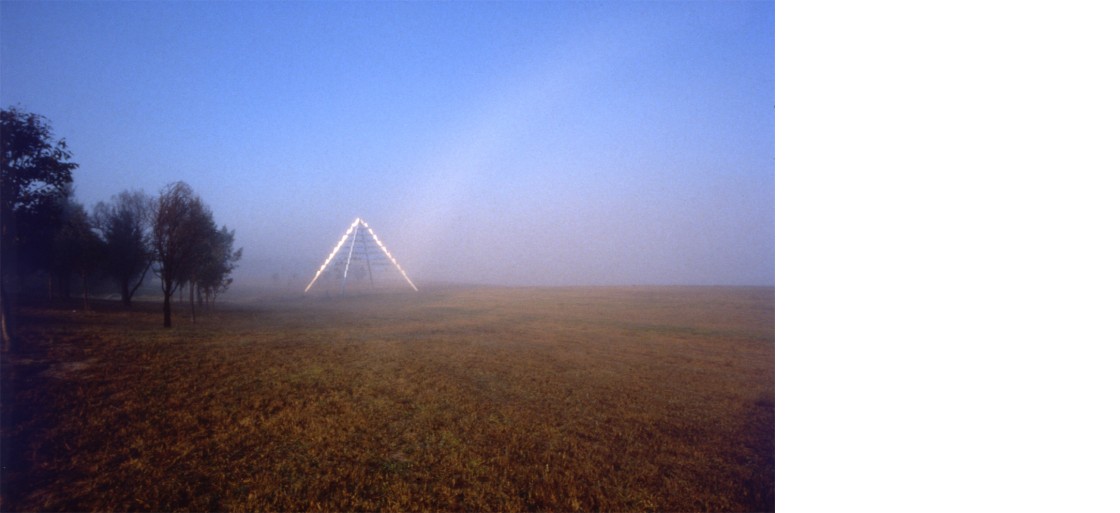
'Landscape 6', Australian Perspecta, (West. Sites), Penrith Lakes, 1991
View of Installation in early morning fog. Photograph artist.
